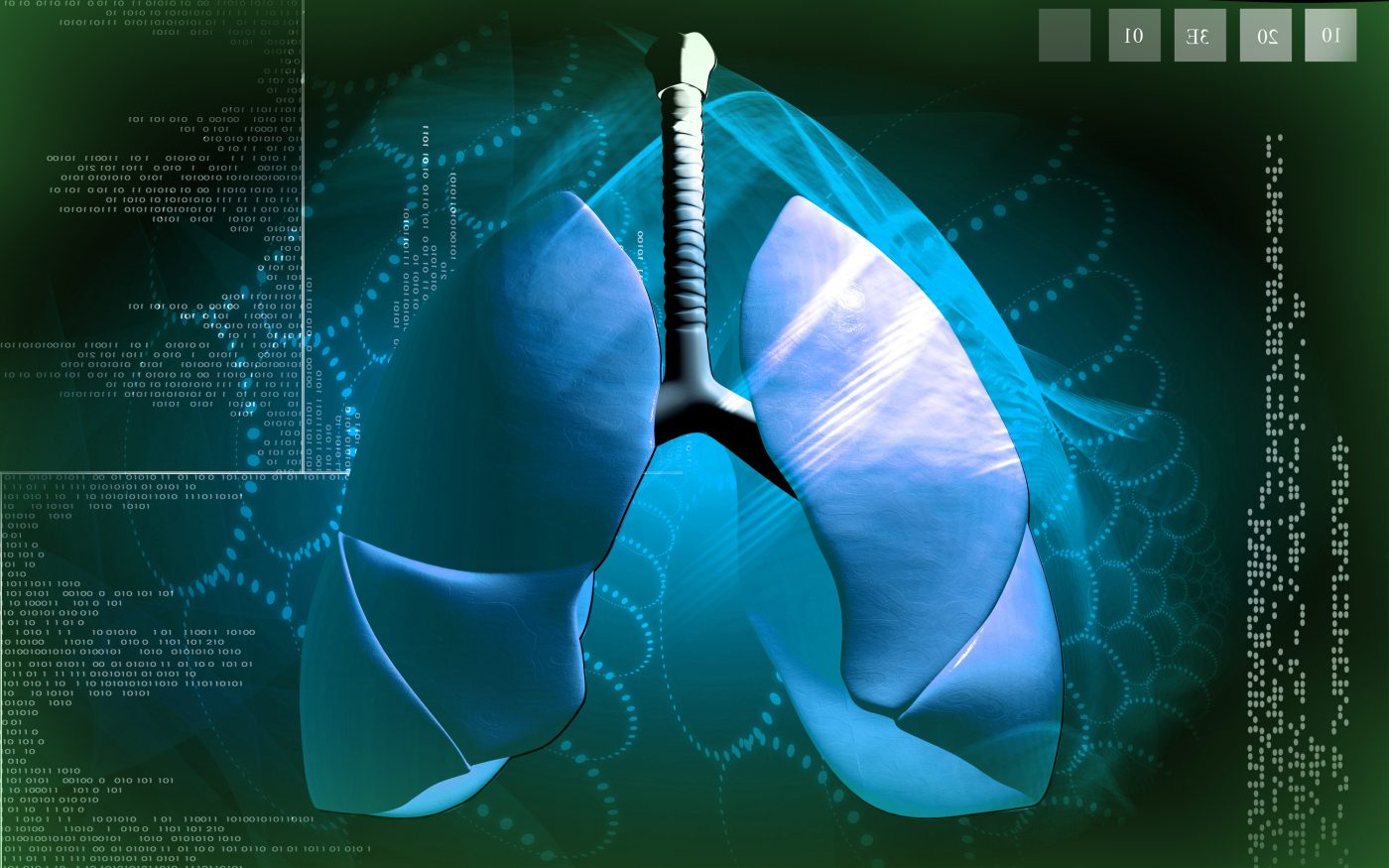Researchers Say New Approach to Lung Bioengineering Could Boost Transplant Survival Rates

Researchers at New York’s Columbia University have developed a new way of restoring lung function by replacing airway surface cells in a scaffold containing supportive cells and blood vessels — an approach that offers promise in treating lung diseases and improving lung transplant survival rates.
Their study, “Functional vascularized lung grafts for lung bioengineering,” appeared in the journal Science Advances. It was funded by a $8.2 million, seven-year grant from the National Institutes of Health that aims to support research into the mechanisms and treatment of idiopathic pulmonary fibrosis (IPF).
“We developed a radically new approach to bioengineering of the lung,” Vunjak-Novakovic, a pioneer in tissue engineering who directs Columbia’s Laboratory for Stem Cells and Tissue Engineering, said in a press release.
In earlier attempts to engineer lungs, researchers have used scaffolds made from lungs in which all cells have been removed. This scaffold has the right properties to be repopulated by healthy lung cells which researchers can introduce. But for this approach to work, researchers must build both the epithelial cell layers lining the airway surfaces, and the cells that make up the blood vessels. Without functioning blood vessels, introduced cells cannot grow.
The task is immensely complex, since the lungs comprise more than 40 different cell types, and have a surface area — between the airway and the blood vessels — the size of a tennis court, researchers said.
“We reasoned that an ideal lung scaffold would need to have perfusable and healthy vasculature, and so we developed a method that maintains fully functional lung vasculature while we remove defective epithelial lining of the airways and replace it with healthy therapeutic cells,” said Columbia Engineering professor Vunjak-Novakovic. “This ability to selectively treat the pulmonary epithelium is important, as most lung conditions are diseases of the epithelium.”
To do so, the team connected a rodent lung to a system that took over ventilation and blood circulation, much like that used for life support in patients who suffered heart or respiratory failure. They then infused a mild detergent into the airways of one lung to get rid of the surface cells. Meanwhile, they protected blood vessels by circulating a solution that contained electrolytes and energy substrates.
The result was a lung scaffold that maintained the architecture of bronchi and blood vessels, and preserved cell types that made up the extracellular matrix and supporting cells such as fibroblasts, myocytes, chondrocytes and pericytes.
Next, researchers put the approach to the test by keeping such lungs in a so-called bio-reactor, in which the lung remains connected to blood-like solutions and an airflow. They then introduced human airway epithelial cells obtained from healthy adults or epithelial cells grown from induced pluripotent stem cells — a type of stem cell obtained by forcing an adult cell to backtrack in development.
The introduced cells grew back, and researchers even noted that the experimental lungs had a similar level of metabolism as that seen in a normal lung. After some time, some cells derived from stem cells appeared to have turned into the specialized cells found in alveoli — the lung structure in which blood becomes oxygenated.
Researchers believe this approach could be developed to treat patients with IPF and other diseases affecting the lung lining.
“Every day, I see children in intensive care with severe lung disease who depend on mechanical ventilation support,” said N. Valerio Dorrello, the study’s lead author and assistant professor of pediatrics at Columbia University Medical Center (CUMC). “The approach we established could lead to entirely new treatment modalities for these patients, designed to regenerate lungs by treating their injured epithelium.”
But it could also be used to improve the outcomes of lung transplants, researchers said. Matthew Bacchetta, an associate professor of surgery at CUMC and co-author of the paper, said the shortage in lungs suitable for transplants stems in part from the poor quality of donor lungs, only 20 percent of which are usable.
“Strategies aimed at increasing the number of transplantable lungs would have an immediate and profound impact,” said Bacchetta, explaining that replacing the cells in donated lungs before a transplant could make lungs more resilient and durable. “As a lung transplant surgeon, I am very excited about the great potential of our technique.”
Added Vunjak-Novakovic: “This is a major step forward in bioengineering lungs,” Vunjak-Novakovic concluded. “The creation of de-epithelialized whole lungs with functional vasculature may open new frontiers in lung bioengineering and regenerative medicine.”






